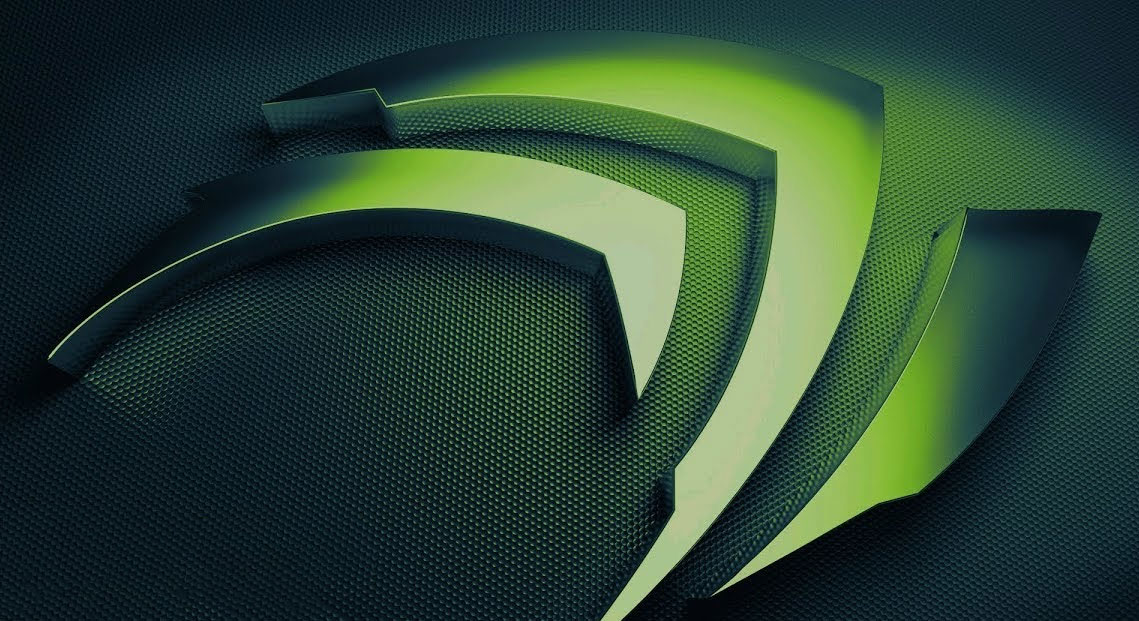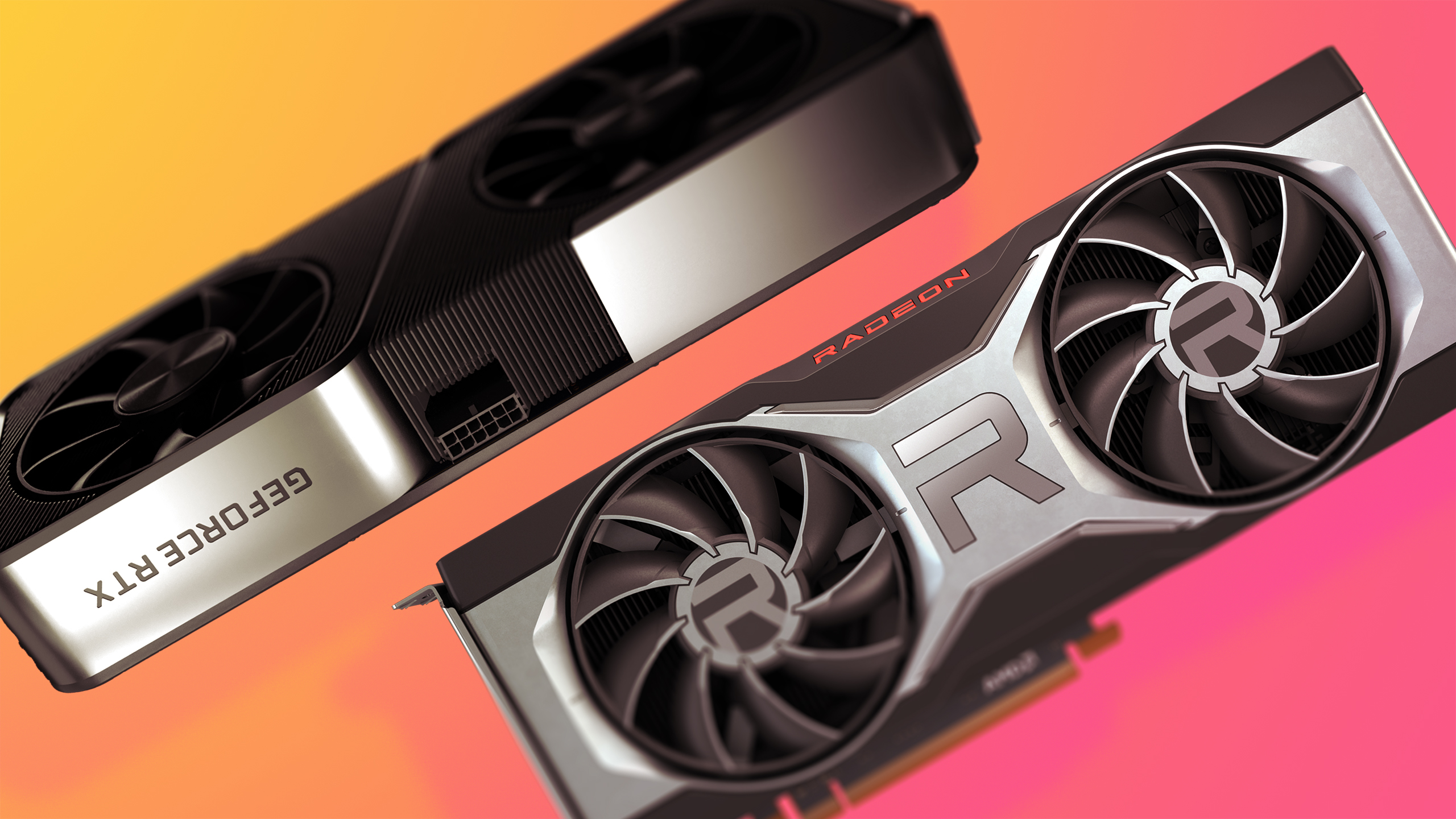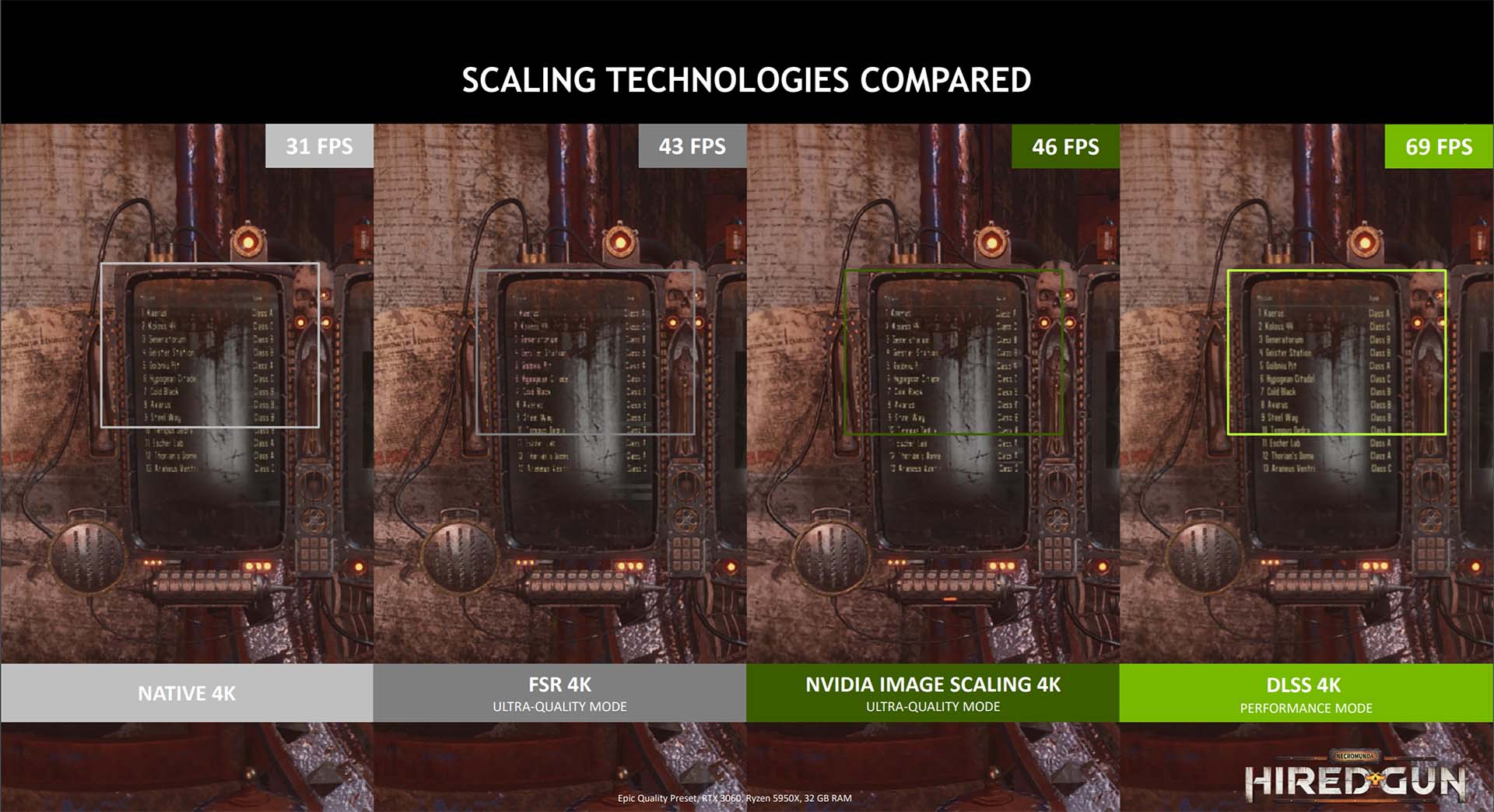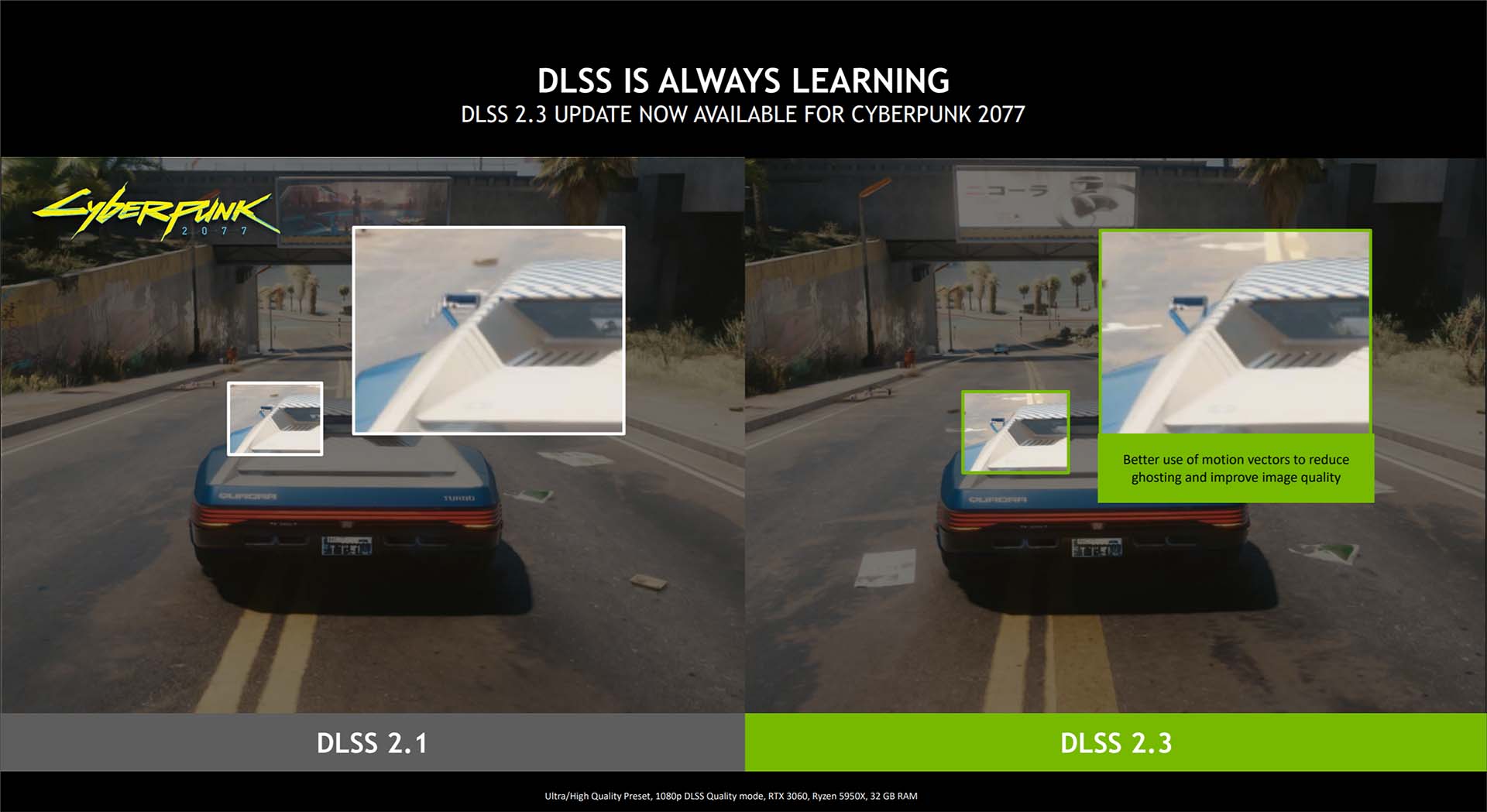Nvidia's new open source upscaling SDK could benefit AMD gamers as much as its own
Nvidia Image Scaling is being made open-source and cross platform, and aims to offer what FidelityFX Super Resolution can.

Nvidia's image scaling and sharpening feature, Nvidia Image Scaling, has been updated today to improve performance and image quality. Though there's more here of interest to gamers, even AMD ones. This upscaling feature is also being made open-source and cross-platform, meaning it could soon play nicely with AMD and Intel GPUs.
Nvidia Image Scaling is a feature that's been baked into Nvidia's graphics drivers for a few years. You can enable it through the Nvidia Control Panel, and it offers an alternative to Nvidia's DLSS feature for gamers without RTX cards and in games that don't offer DLSS support. Though it's not quite a match for DLSS, this baked-in solution does not require specific game support, and will thus function on any game.
What's new with this update, then, is that Nvidia Image Scaling is being improved from within the Control Panel and GeForce Experience. An improved algorithm (version 2.0) is just for starters, too, as there's also now the option to control the sharpness of the overall image using a slider in the menus.
Further to that, Nvidia is also announcing a new Nvidia Image Scaling SDK, which does require in-game support from developers in order to work, but will also work on AMD and even Intel GPUs.

How to buy a graphics card: tips on buying a graphics card in the barren silicon landscape that is 2021
"The cross platform factor became much more important to many game developers saying they love implementing DLSS but what about those who don't have it," Lars Wienand from Nvidia says. "And now we offer a complete solution with DLSS and a special scaling solution for those who cannot run DLSS."
This SDK enables Nvidia Image Sharpening to be brought right into the in-game menus, much like you'd expect to see Nvidia DLSS or AMD FidelityFX Super Resolution options.
Yeah, about that last one. Obviously there are some clear parallels between Nvidia's new open-source upscaling SDK and AMD's open-source upscaling SDK. Both aim to upscale your game without the need for any fancy Tensor Cores or AI gubbins, and we're not the only ones drawing parallels here.
Keep up to date with the most important stories and the best deals, as picked by the PC Gamer team.
Nvidia tells me it expects "very similar image quality to FSR" on the whole, and in the case of Necromunda Hired Gun, a game we weren't particularly keen on, it showed its upscaling even "running a bit faster in this case." That said, there's sure to be plenty of variation game to game.

Nvidia Image Scaling runs in a single pass, which means both scaling and sharpening are combined into a single shader operation. Nvidia tells me that it does not expect there to be a difference in performance on different vendors' GPUs, as most should dispatch this pass in a similar fashion and return similar results.
And let's not forget Intel plans to release its own cross platform upscaling feature in XeSS, alongside its first Alchemist discrete GPUs next year. All three major GPU designers have, or will have, some sort of upscaling functionality available cross platform, potentially in a matter of months.
That's competition working at its best to provide the user with the best experience, and today's announcement is as much a win for owners of AMD graphics cards as it is for Nvidia ones. More game support for cross platform upscaling SDKs will only make for better frame rates and image quality in-game, and potentially on the older, lower-end cards that need it most.
Though it must be said there are no games planned with the Nvidia Image Scaling SDK as of yet, so in the short-term it's really only Nvidia GPU owners that can make the most of that new and improved algorithm. The SDK is available from GitHub for developers to pick up today, should they so choose, and Nvidia is working on a UE4 plugin and other engine branches that are on the way soon.
To make any comparison between upscaling features easier, Nvidia has also rolled out a new tool, named ICAT. This will be made publicly available from today, and allows you to cross-examine video and pictures without editing software. So give this a try if you're curious as to what this all really means for your preferred games.

For Nvidia, though, it's still DLSS that reigns supreme, and believes that Nvidia Image Scaling is "no match for DLSS, even [with DLSS] in Performance Mode." With today's announcement also comes the release of DLSS version 2.3 in Cyberpunk 2077 to that end.
I'm told DLSS version 2.3 is loosely based on the White Collie experimental builds we tried out last month, and should similarly nix the undesirable ghosting that had occurred in the game on occasion with previous DLSS versions.

Jacob earned his first byline writing for his own tech blog. From there, he graduated to professionally breaking things as hardware writer at PCGamesN, and would go on to run the team as hardware editor. He joined PC Gamer's top staff as senior hardware editor before becoming managing editor of the hardware team, and you'll now find him reporting on the latest developments in the technology and gaming industries and testing the newest PC components.

